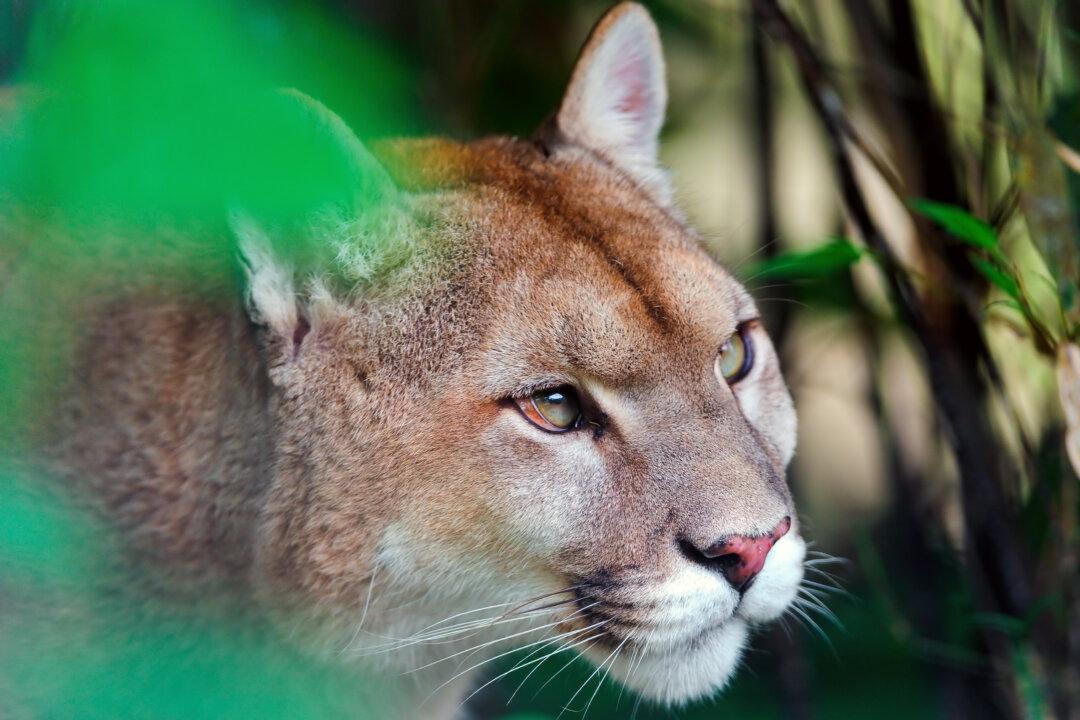A new study casts doubt on the theory that a cosmic impact 12,900 years ago triggered the Younger Dryas cold period, which coincided with the extinction of mammoths.
Rock soil droplets formed by heating most likely came from Stone Age house fires, not from an epic disaster, researchers say.
The Younger Dryas lasted a thousand years and happened around the same time as the extinction of great beasts and the disappearance of the Paleo-Indian Clovis people.
Research from the 1980s suggested that the cool period, which fell between two major glaciations, began when a comet or meteorite struck North America.



